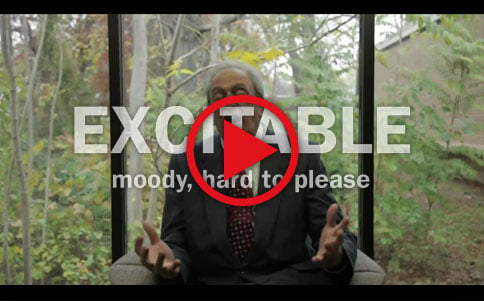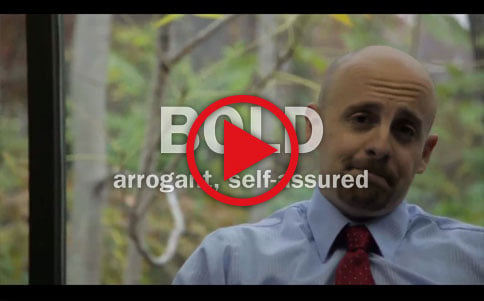 You make what seems like a promising hire – good resume, relevant experience, and solid references. And, at first, her performance matches that promise.
You make what seems like a promising hire – good resume, relevant experience, and solid references. And, at first, her performance matches that promise.
As time wears on, however, you start to hear grumbling around the water cooler. Nobody likes to work with your new hire. Her coworkers start to pull away, her work unit shows signs of waning engagement, and her performance starts to flag. Just like that, your promising new employee turns into a nightmare. Why? Odds are, your new hire is succumbing to the dark side of her personality.
Dark side personality characteristics emerge during times of increased stress, like the often-intense pressure to perform during the first several months of employment. If unchecked, these characteristics can disrupt relationships with a person’s coworkers and subordinates, which can impede their chances at success.
The Hogan Development Survey measures dark side personality along 11 characteristics, which can be grouped into three distinct reactions to conflict:
- Moving Away From Others – People in this group manage insecurities by intimidating and avoiding others. They tend to be alert for signs of criticism, rejection, betrayal, or hostile intent. When they think they have detected threat, they react vigorously to remove it.
- Moving Against Others – People in this group expect to be liked, admired, and respected. They tend to resist acknowledging their mistakes and/or failures (which they blame on others), and they are often unable to learn from experience.
- Moving Toward Others – People in this group want to please figures of authority. As a result, they are easy to supervise, and are popular with their bosses. However, in conflict, they tend to side with authority figures rather than sticking up for their team members or subordinates.
Unfortunately, dark side personality characteristics are nearly impossible to detect in a normal hiring process, making this story all too familiar. However, you can use targeted personality assessment to identify candidates’ dark side characteristics and focus onboarding efforts to ensure that you don’t wind up with a hiring horror story.
To learn more about our approach to dealing with people’s dark side, check out our whitepaper How your Greatest Strength can Become your Greatest Weakness.


 You make what seems like a promising hire – good resume, relevant experience, and solid references. And, at first, her performance matches that promise.
You make what seems like a promising hire – good resume, relevant experience, and solid references. And, at first, her performance matches that promise.

 Jon Bentz pioneered the study of managerial derailment when he launched a 30-year study of failed managers in the late 1970s at Sears. Bentz presented his research at the Center for Creative Leadership in the early 1980s. Bentz noted that they were uniformly bright and socially skilled; they failed because they:
Jon Bentz pioneered the study of managerial derailment when he launched a 30-year study of failed managers in the late 1970s at Sears. Bentz presented his research at the Center for Creative Leadership in the early 1980s. Bentz noted that they were uniformly bright and socially skilled; they failed because they:  Jon Bentz pioneered the study of managerial derailment when he launched a 30-year study of failed managers in the late 1970s at Sears. Bentz presented his research at the Center for Creative Leadership in the early 1980s. Bentz noted that they were uniformly bright and socially skilled; they failed because they:
Jon Bentz pioneered the study of managerial derailment when he launched a 30-year study of failed managers in the late 1970s at Sears. Bentz presented his research at the Center for Creative Leadership in the early 1980s. Bentz noted that they were uniformly bright and socially skilled; they failed because they: 



